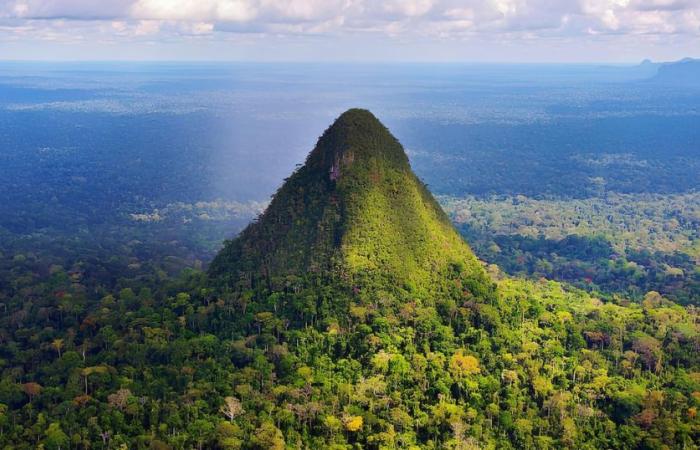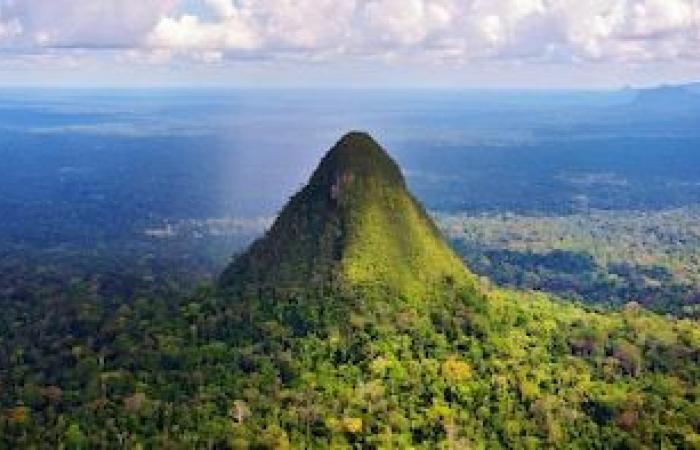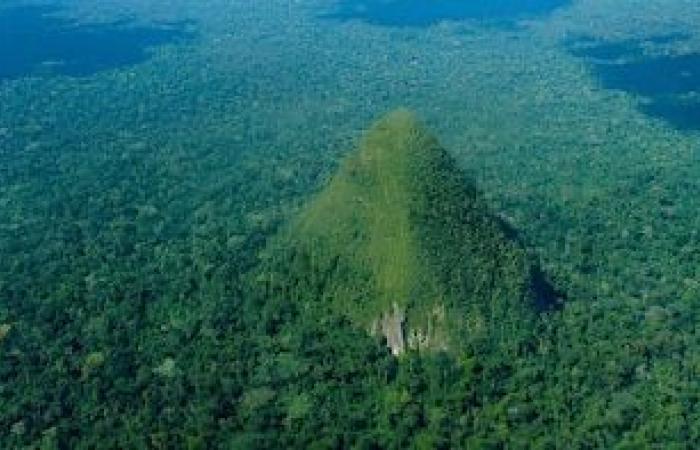Hidden in the plains of the Peru Amazon Selvaa pyramidal formation emerges imposing, enough to be visible even from the Andes, 400 kilometers away.
It is about Cerro El Conelocated in the Sierra del Divisor National Park, in the department of Ucayali. Its top is at an approximate altitude of 850 meters above sea level. Its lonely appearance, in the midst of kilometers of forest, have made it one of the main attractions of this area.
Unlike most mountains in the region, which formed together with the Andes mountain range about 200 million years ago, the cone is a volcanic formation dating from five million years agowhich corresponds to Cenozoic, the most recent era of the planet, details Unesco.
Given its pronounced slope, it is estimated that it was formed following explosive eruptions, which threw materials such as ash, rocks and pyroclastic flows. These accumulated around the volcanic crater until ending as a new mountainous structure.
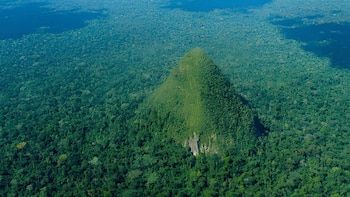
The cone is in an area considered inaccessible. This, added to his morphology that makes it difficult to climb, has allowed, in all likelihood, the appearance of unique species in its typeboth in flora and fauna.
This high level of conservation is observed in large part of the Sierra del Divisor National Park, which also covers part of the department of Loreto and limits with Brazil. An example of this is the Batá de Acre (Thamnophilus divisor)a bird that is only in this area of the Amazon.
In Sierra del Divisor is also The largest number of primates species in Peru (16)as well as a wide diversity of birds, mammals and amphibians.
It also has two unique plant associations: one grows on the dry summit of the old limestone formations in the northern half of the park, and the other grows in the cliffs and in the summits of ancient granite of dead volcanoes, such as the cone.
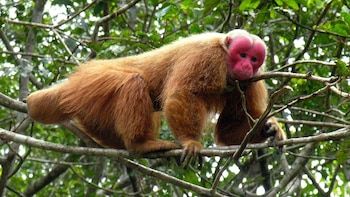
In this region the indigenous group lives Podonawawhich is in voluntary isolation. This means that they do not maintain sustained contacts with the non -indigenous majority population and They tend to avoid any contact with people outside their own people.
During the dry season, the Iskonawa move to river beaches and streams in search of turtle turtle eggs. Male activities include hunting and fishing, while women are designated agriculture and harvest.
“For the most part, the ISKONAWA carry out small -scale subsistence activities and only for the consumption of family groups,” says UNESCO.

